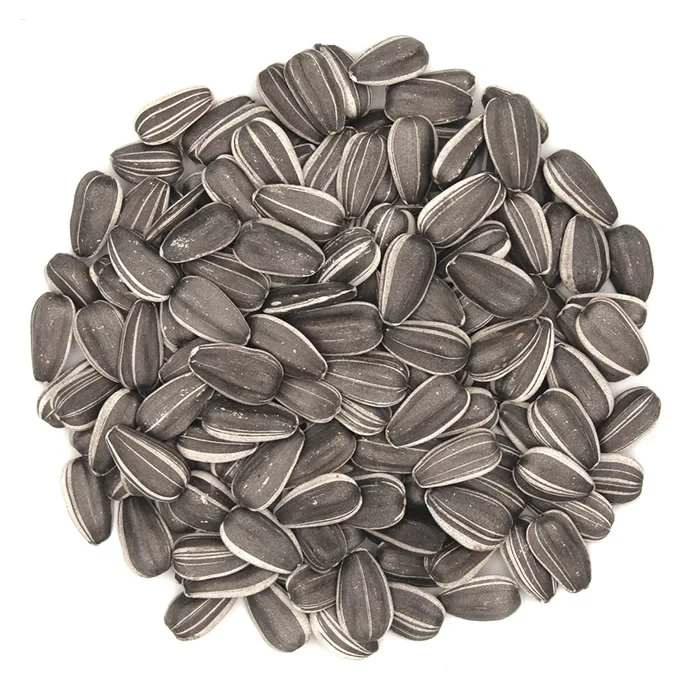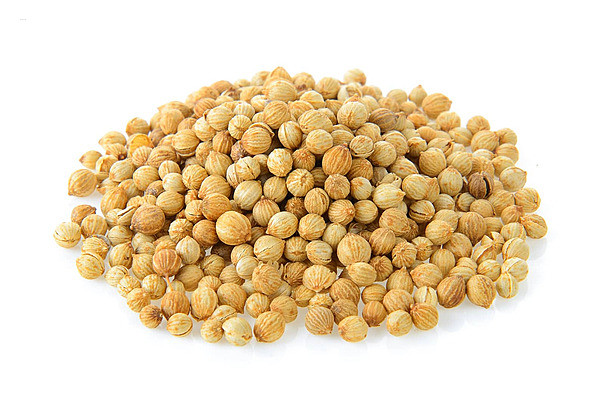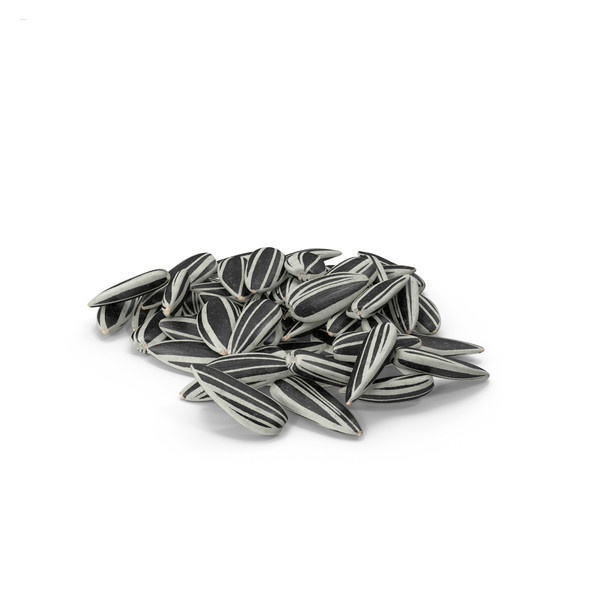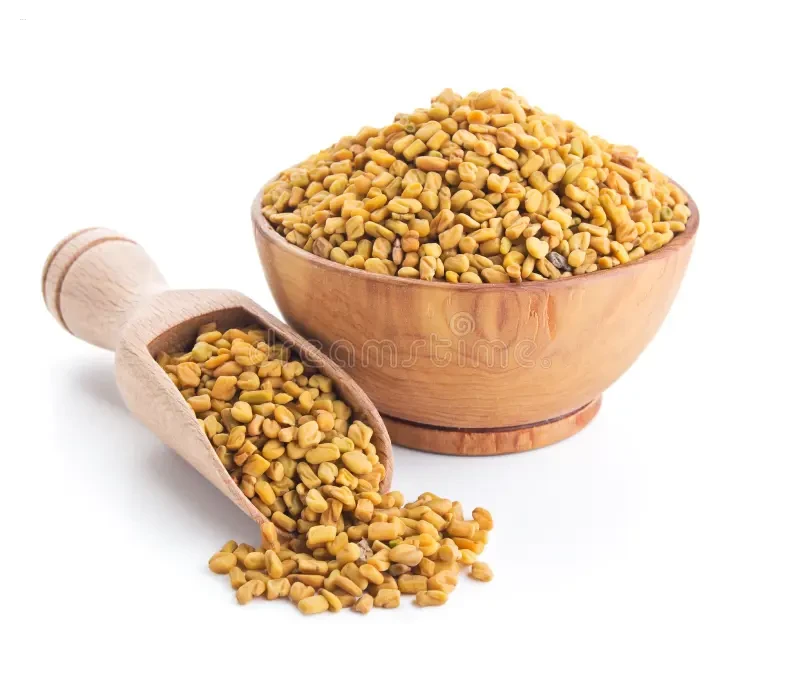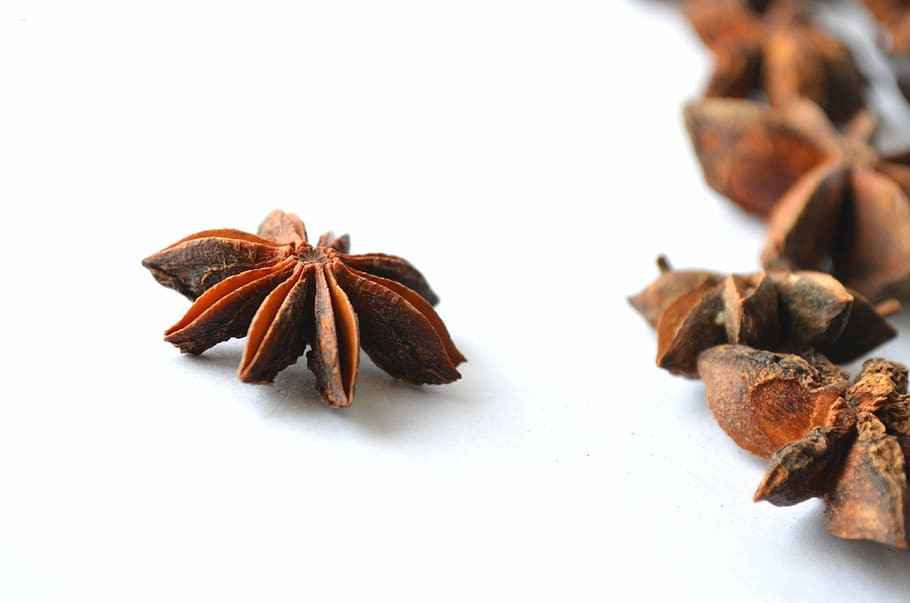Arum root
Inhouse product
-
৳3.30
-
৳3.30
Reviews & Ratings
Discover the Benefits of Arum Root
Arum root, also known as arum lily root or Indian arrowroot (Colocasia antiquorum), is a starchy tuber widely recognized for its health benefits and culinary uses. With a slightly sweet flavor and smooth texture, arum root is often used in soups, curries, and as a thickening agent. Its mild taste makes it a versatile ingredient in both sweet and savory dishes. Packed with essential nutrients, arum root is valued not only for its culinary qualities but also for its medicinal properties.
Health Benefits of Arum Root
Arum root is rich in vitamins, minerals, and antioxidants that contribute to overall health:
- Digestive Health: An excellent source of dietary fiber, arum root helps promote digestion and prevent constipation.
- Boosts Immunity: Rich in Vitamin C, arum roots can help boost the immune system and fight off infections.
- Promotes Skin Health: The antioxidants found in arum roots help maintain healthy, glowing skin and may protect against the signs of aging.
- Supports Weight Management: Low in fat and high in starch, arum roots a filling food that can help control appetite and manage weight.
- Soothes Stomach Issues: Traditionally, arum root has been used as a natural remedy for soothing digestive discomfort, including stomach ulcers and indigestion.
- Anti-inflammatory Properties: It is believed that arum root’s natural compounds can help reduce inflammation and promote healing in the body.
How to Grow Arum Root
- Ideal Growing Conditions: Arum root thrives in tropical and subtropical climates, requiring well-drained soil and consistent moisture. It grows best in temperatures between 75°F and 85°F.
- Planting: Plant arum root tubers in well-prepared soil about 3 inches deep. Space them at least 6 inches apart to allow proper growth.
- Watering: Regular watering is essential to keep the soil consistently moist, but avoid waterlogging.
- Fertilization: Adding organic compost or well-rotted manure will improve soil fertility and encourage healthy growth.
- Pest Management: Keep an eye out for pests like aphids and root rot. Practicing crop rotation and using natural pest control methods can help manage infestations.
Harvesting and Storing Arum Roots
Arum roots typically matures in about 4 to 6 months. When the leaves start to yellow and die off, it’s time to harvest. Carefully dig up the tubers, being careful not to damage them. Store the tubers in a cool, dry place, away from sunlight. They can last for several weeks when stored properly. For longer storage, arum roots can be dried and ground into powder for later use.
Culinary Uses of Arum Roots
- Thickening Agent: Arum roots powder is commonly used as a thickening agent for soups, sauces, and gravies due to its smooth texture.
- In Soups and Curries: The starchy tuber can be cooked in curries or added to soups for a creamy consistency.
- Baked Goods: Arum roots flour can be used in gluten-free baking, adding moisture and texture to cakes, pancakes, and other treats.
- Health Drinks: The powdered form of arum roots can be used to make health drinks, especially for digestive and weight management purposes.
- Traditional Dishes: In many cultures, arum roots boiled or roasted and served as a side dish or incorporated into traditional meals.
Cooking Tip
Arum roots need to be cooked before consumption, as raw tubers can be toxic. Ensure that you cook or boil the root thoroughly before eating.
Frequently Bought Products
Product Queries (0)
Login Or Registerto submit your questions to seller
Other Questions
No none asked to seller yet
-
৳3.30
-
৳3.30
eBagan
All rights reserved

